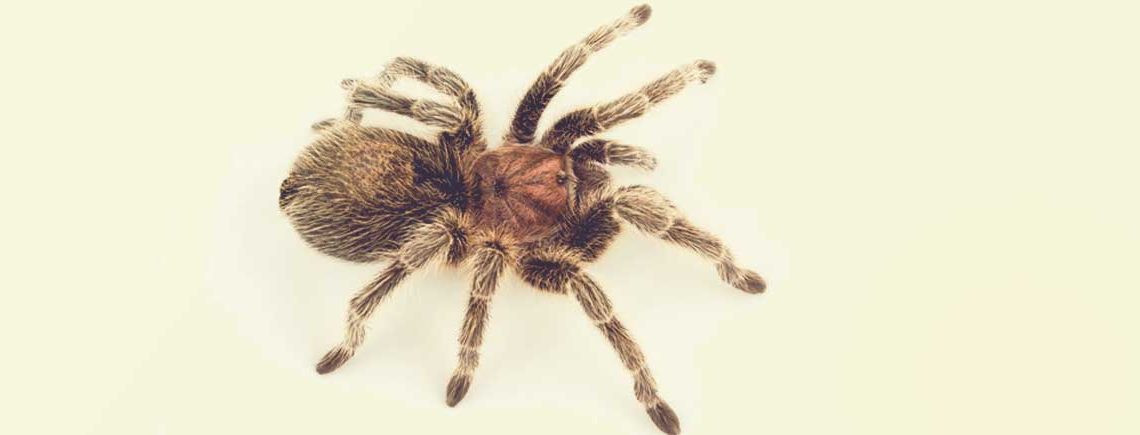Health Concerns in Pet Spiders
Spiders make interesting pets, and have become increasingly popular over the last number of years due to their docile nature and easy-going personality. Although many are scared of spiders, and shudder at the word ‘tarantula’, they are actually great beginner pets, live a long time, and are fairly low maintenance. One of the most popular pet tarantula is the Chilean Rose Tarantula.
Like any other pet, they require lots of care in order to thrive, and can suffer from health issues that can impact their quality of life. They may require veterinary care to help combat these issues. Below, we discuss what health concerns your spider may face, and what you can do to help.
Common Health Concerns in Spiders
| Health Issue | Symptom | How to Help |
| Mites | Small reddish-brown spots around their eyes,
mouth & on body. Can also be found in substrate. May be showing no signs, and could just be declining in health. |
Take your pet to your local exotic veterinarian for a full examination, diagnosis, and what to do to help. |
| Shedding Problems e.g. loss of legs | Missing appendages | Could be an issue related to temperature or humidity; ensure levels are set correctly. |
| Trauma | Aggression, biting, stress, or tearing.
|
It may be best to separate your tarantula from other pets in the enclosure, and bring them to your exotic vet for proper care and treatment. |
What is Moulting?
As your Tarantulas grows, it will moult; shedding it’s old skin in a manner similar to snakes. Moulting will be a difficult and stressful process for your spider.
Firstly, your spider will be likely to not have an appetite for a few weeks. You may also notice a clear fluid seeping from its leg joints. Your spider may also lose hairs from its abdomen and develop a bald patch.
When it is ready to moult, your spider will lie on its back – do not be alarmed! It is normal for it to look dead; and there may also be some webbing around its body. Do not disturb your spider, as it may be fatal for your pet. The entire process of moulting will take anything between 15 minutes and several hours.
Once it has shed its old skin, your tarantula will be extremely tender and sensitive; so avoid handling if for at least a week.
Make sure that your spider has fresh water, but do not feed your spider for a few days until its skin has toughened.
Amazingly, if your spider has lost a limb; it can regenerate and grow a new one during the moulting process. Its new leg is likely to be smaller than the original.


